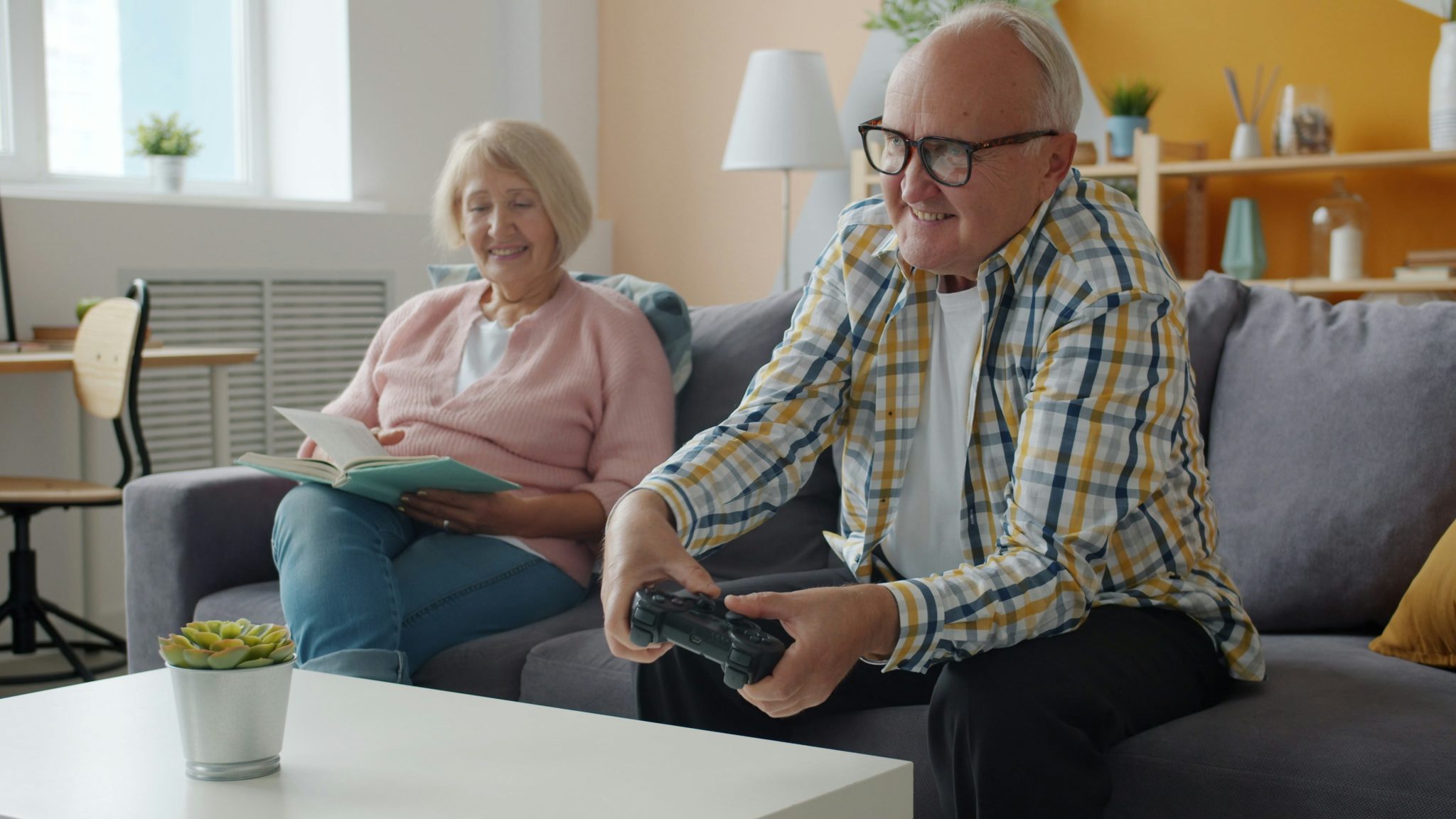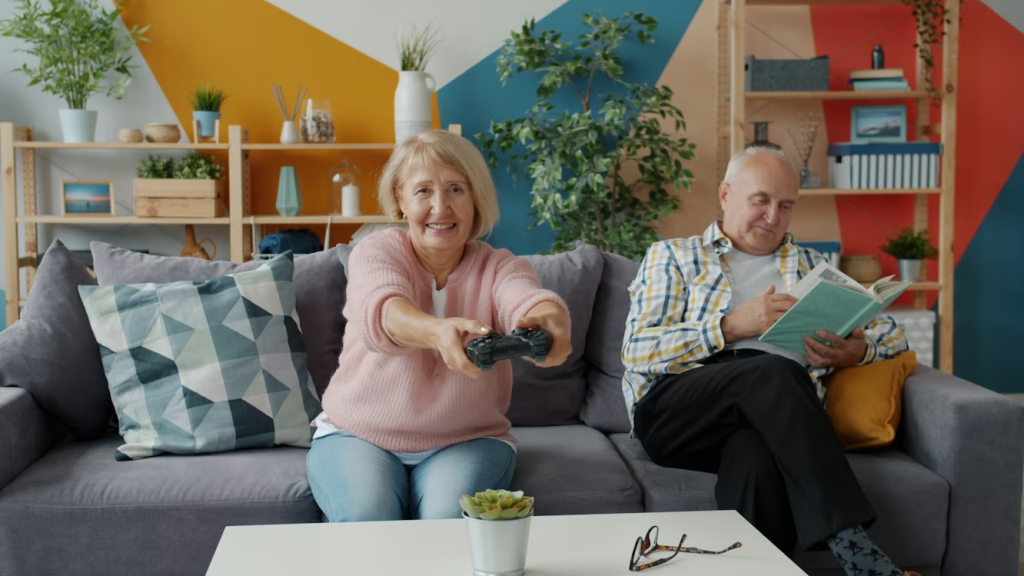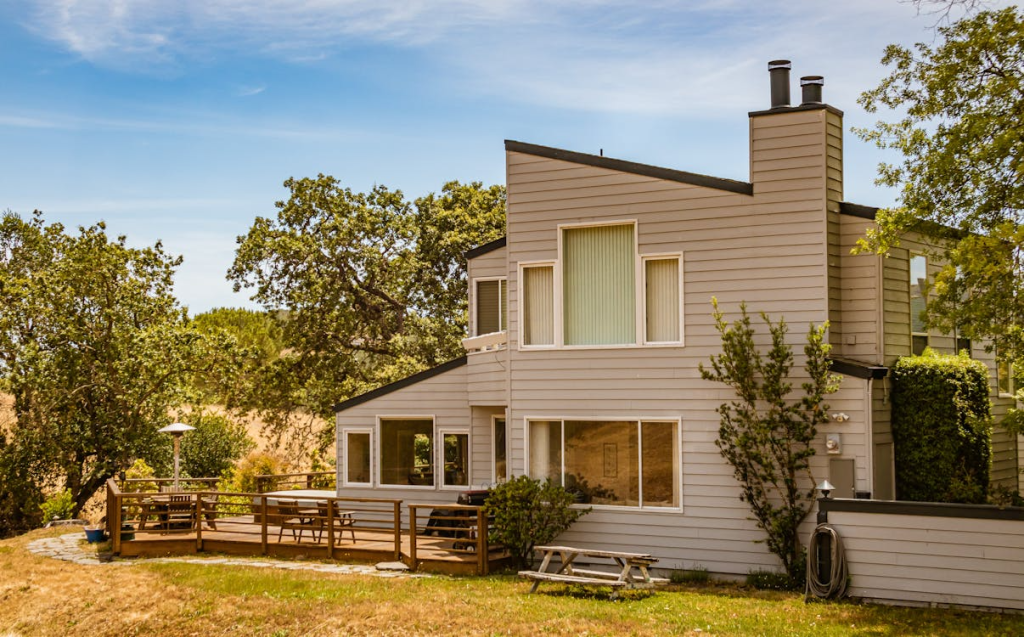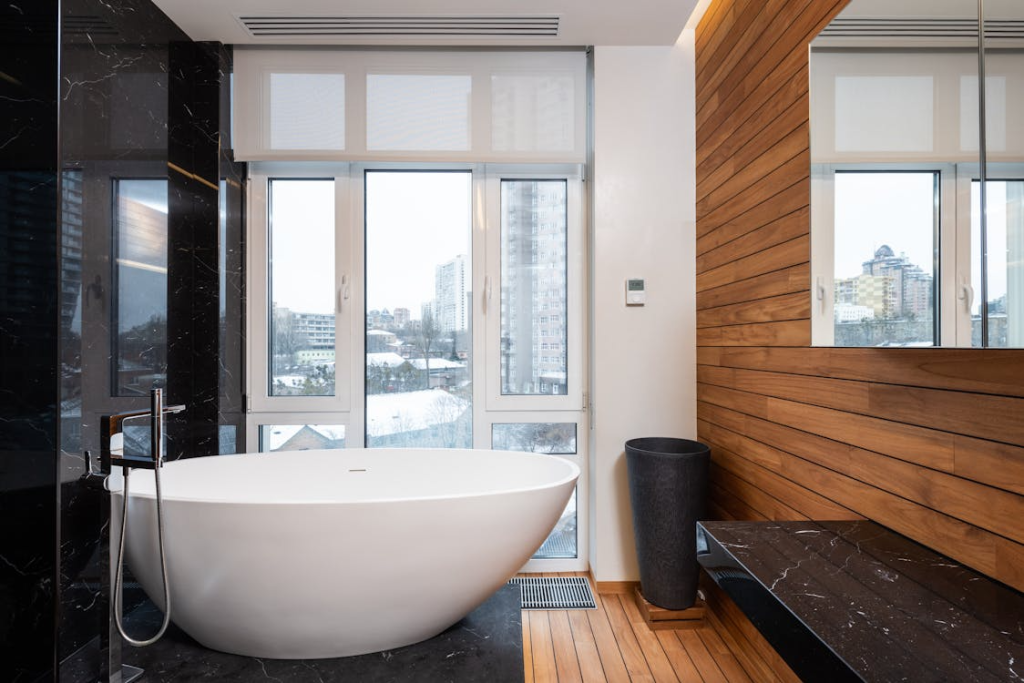Almost all of us sooner or later find it harder for our parents or ourselves to move around at home. And suddenly, unfamiliar terms like home mobility equipment solutions begin to crop up. But formalities aside, it’s simply about making a familiar space a little smarter, more comfortable, and more peaceful.
Today, many older Americans prefer to remain in their own homes as long as possible, so-called aging in place. This isn’t just a trend; it’s a desire to maintain control over their lives, habits, and independence. The good news: this doesn’t require a major renovation or turning your home into a hospital. A few well-thought-out yet simple updates are all that’s needed.
Why do small changes work better than big ones?
Here’s an interesting fact: most falls at home occur not where a person is most likely to be in danger, but where they feel most secure. A study by the (CDC) found that one in four people over 65 falls at home at least once a year. The best part, however, is that most of these falls could have been avoided.
Small changes have a big impact because they eliminate the same hidden risks that cause problems. It is not important to change everything, and occasionally it is just necessary to modify the position of objects, the height of the shelves, and the lighting.
Lighting: What really helps

A little brighter – and a lot safer
Improved lighting significantly reduces the risk of falls. This is a surprisingly high figure, considering that this isn’t sophisticated equipment, but rather just lighting fixtures and motion sensors.
- Cabinet LED spotlights in the kitchen.
- Hallway motion sensors.
- Night beacons in the bedroom
The brighter light assists you in identifying thresholds, floor rugs, and objects that are left on the floor. It also helps you in getting less nervous in the evening, as you do not have to rummage around with the light switch.
Light temperature is also important. Warm light is relaxing, while cool light helps you see details better. Cool light (4000–5000K) is best in walkway areas, and warm light in rest areas.
Kitchen: Functionality without frills
Move, organize, simplify
It may not seem like a big deal, but most kitchens are not designed with the elderly in mind, but with youth and flexibility in mind. As soon as tall shelves are inaccessible, individuals start stretching, putting a chair on them, and this is where the danger starts.
Attempt to re-arrange your kitchen: keep regularly used items at the chest level or lower, and keep those items that are rarely utilized out of reach. This is a basic measure to do away with a myriad of possible ills.
Two helpful steps:
- Replace regular cabinet handles with larger, more convenient D-shaped ones;
- Add pull-out shelves to eliminate the need to bend over.
Incidentally, research shows that older people spend almost twice as much time preparing meals due to an inconvenient workspace, which directly impacts their independence.
The Bathroom: A Risk Zone That Can Be “Calmed”
Supports, handrails, and non-slip surfaces
The bathroom is a place where many families become nervous. And rightfully so: it’s where serious falls most often occur. But again, no major interventions are needed. Grab bars today look neat, not like something out of a hospital, and they complement any decor.
Plus: non-slip mats, contrasting threshold markings, and a simple shower hose at chest level to avoid reaching.
Shower instead of bath?
Many people want to replace their bathtub with a shower stall. However, as a cheaper alternative, a steady shower chair is available. This plays a great role in minimizing fatigue and, consequently, chances of loss of balance.
The bedroom: a space where tranquility is essential
A bed of the right height
Surprisingly, bed height affects a person’s ability to stand up independently. Too low and it’s difficult to get up; too high and it’s difficult to get down. Ideally, your knees should be level with your hips when sitting.
Minimalism helps not only designers
The fewer small items, the lower the risk of tripping. Often, removing old rugs or replacing them with thin, non-slip ones is sufficient.
Hallways and Stairs: Not to be Underestimated
Railings on both sides
It seems obvious, but most houses only have railings on one side, and not always in a convenient location. Adding a second handrail changes everything: a person can choose which hand to hold.
Color contrasts
Our brains become less able to distinguish height differences as we age. A simple step sticker, a contrasting adhesive strip, or a painted threshold edge makes moving around much more intuitive.
Technology: Modern Assistants That Don’t Impose Themselves

Voice assistants
Yes, they sometimes make mistakes and can turn on the light in the wrong room, but in everyday life, it’s an incredibly convenient thing: to turn on the light, remind you about medication, and call the children if the phone is in another room.
Smart sensors
Motion sensors, door opening sensors, and even water leak sensors help prevent minor problems that could escalate into major ones.
A house that grows with a person
The home must be flexible, and it is one of the most significant principles of aging at home. There is no need to do everything at the same time. It is better to watch, question, and hear what exactly is bothering. The improvements will then be as accurate as possible.
Finally, home aging does not consist of growing old. It’s about freedom. Of being the ruler of your territory, of your ways, of your time of life.




















